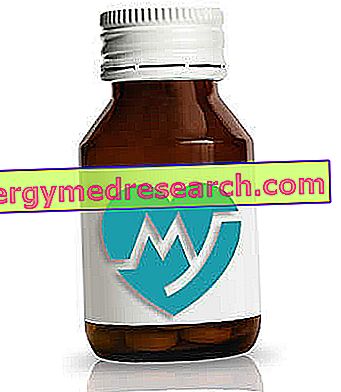Causes and Symptoms
Heat stroke is caused by a sudden increase in body temperature. When a subject is subjected to intense thermal stress, the mechanisms responsible for thermoregulation can fail.

This failure is responsible for the classic symptoms associated with heat stroke : the skin becomes hot and dehydrated, sweating stops and the body temperature rises considerably.
These symptoms are preceded by warning signs such as nausea, confusion, blurred vision, weakness, tachycardia and ringing in the ears. To learn more, see: Heat Stroke Symptoms .
Differences between sunstroke (insolation) and heat stroke
Complications
During a heat stroke the internal temperature can reach 40-42 ° C, subjecting the entire body to considerable stress. If nothing is done in time the consequences can be very serious and even fatal.
The only way to avoid the onset of a cardiovascular collapse is to try to reduce the temperature of the unfortunate as quickly as possible. The damage caused by heat stroke is in fact directly related to the extent and duration of hyperthermia.
Treatment
The application of ice and the complete immersion of the body in cold water are among the simplest and most effective interventions to help those affected by heat stroke. While waiting for help, additional measures can be taken such as rubbing the skin with alcohol, ventilating the subject with a cloth, dabbing it with a towel soaked in cold water and placing it in a cool, shady place. All treatments that can lower body temperature can be useful.
Prevention
Heat stroke is more frequent in the summer and affects mainly children, the obese and the elderly. An obese person has more than three times the chance of being hit by a fatal heatstroke compared to normal-weight individuals. For all these people it is very important to prevent the risk of heat disorders by adopting simple measures dictated by common sense (do not expose yourself to the sun during the hottest hours of the day, try to lose weight, avoid excessively abundant meals and keep yourself well hydrated avoiding alcoholic beverages) .
In addition to the ambient temperature it is essential to keep humidity levels under control. Many heatstrokes take place in conditions of not excessive temperature, but with humidity levels higher than 90%.
Heat Stroke and Sports
Even athletes are particularly at risk of heat stroke, especially those that are improvised during the hottest hours of the day. In such situations, despite the sweat and the cooling effect of the air, the heat produced by the body far exceeds its dissipation capacity.
Sweating is not synonymous with weight loss and it makes no sense to put your health at risk by doing physical activity during the hottest hours. On the roads you can still see too many sportsmen running with slimming suits or synthetic material. The intense sweating decreases the plasma volume causing a rapid rise in body temperature and making the body even more susceptible to heat stroke.
We therefore recommend:
- wear light, light-colored and breathable clothing;
- stay well hydrated before, during and after sports;
- avoid practicing your exercises when the temperature exceeds 28 ° C;
- keep in mind that heat stroke most frequently affects overweight subjects or in modestly shaped conditions.
If the typical symptoms of heat stroke appear during sports activity, it is important to stop it immediately. During the monitoring of his condition the athlete or someone for him should not refer to the oral temperature since this is generally lower (even a few degrees) than the rectal one.



